Why It's Time To Consider A Cold Room
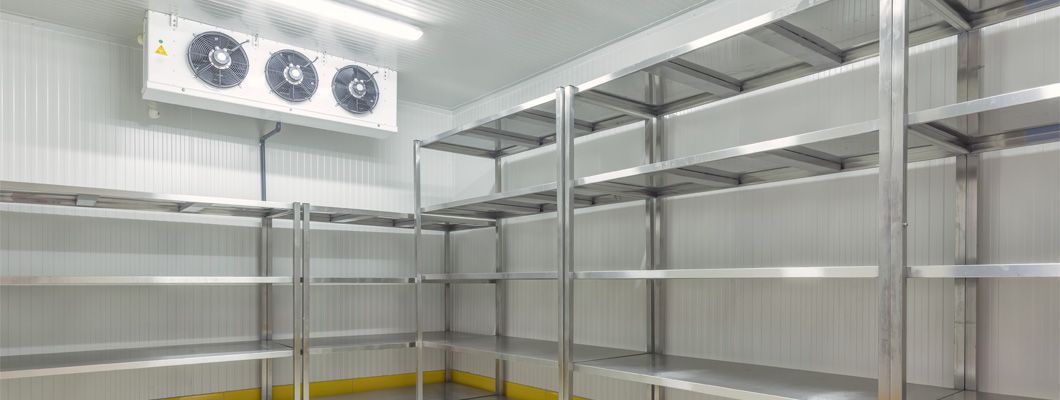
Whilst commercial fridges and freezers play their part in busy commercial kitchens, they can become a bit of a nuisance. Not only do they struggle to keep cool in hot surroundings, but with staff constantly going into and out of them, temperature regulation can be tricky. Other than having set times that staff can open the doors (which is completely impractical), what else can you do to ensure the contents remains cold? Introducing cold rooms...
What are cold rooms?
Cold rooms are more commonly known as walk-in fridges or freezers, and with extensive shelving units they hold vast amounts of food. They are unable to be moved, like usual fridges/freezers, and have to be installed by specialists.
Cold rooms can maintain temperatures above or below freezing, depending on your requirements, and they are an essential addition to any commercial kitchen.
Advantages of cold rooms
There are many advantages to having a cold room over a standard counter fridge or upright freezer. Here are a few ways they can be a better choice within a commercial kitchen:
- Bespoke design
Cold rooms can be tailored to the individual requirements of your commercial kitchen. From how you want your racking to be laid out, to the size of the cold room and the specific temperature you would like the food to be stored at. With a range of sizes and specifications available, we can help you choose the perfect cold room to suit your needs. - More convenient
As the food within cold rooms can be placed on shelving, it makes things much more accessible and easier to find – helping to reduce multiple versions of one product being open at once and saving time as well. Unlike traditional fridges and freezers, where the door is opened regularly, cold rooms are designed to minimise both heat and moisture. - Large storage capacity
Having a large area to store food supplies is always advantageous, particularly when it comes to large events or planning for the festive period. It means that your commercial kitchen can hold a larger volume of food, so your business will benefit. Having additional storage also means that you have the capacity to try adding new ingredients to your menu, without compromising the regular options. - Stock rotation
Closely linked with the previous point, cold rooms are great method of reducing the overall costs of the business. As well as storing a large volume of produce all year round, as you can see exactly what’s in the cold room, you can ensure stock is rotated evenly. Blast chillers can also be integrated into cold rooms. These reduce temperatures much faster than standard fridges, improving your compliance with health and safety regulations. - Flexibility in temperature control
One of the most important advantages of using a cold room is that the temperatures can be adjusted within large ranges, from 7˚C to 3˚C for chilling and -18˚C to -20˚C for walk-in freezers. They are also very efficient and can reach these temperatures within a short time frame. This reduces the risk of bacteria growth as the food can be safely chilled or frozen for later use
Cold room sizes
The main thing to consider when you’re looking to purchase a cold room is the size of your commercial kitchen. Cold rooms used to be popular only for large businesses, but now, as they are available in a range of specifications, they’re also suitable for smaller businesses. If you’re a small business, but you receive large food deliveries, or you want to reduce your number of small deliveries, they’re the perfect solution
To ensure your cold room is as efficient as possible, you need to choose the correct size for your needs. If the unit is too small, produce will be packed too tightly and air circulation will be reduced. On the other hand, if the unit is too large, this will be more expensive to cool.
It’s also important to position the cold room in an area of the kitchen that is well ventilated, allowing the temperature to remain consistent and increasing the efficiency of the cold room.
How to maintain your cold room
It’s important that once you have your cold room installed, you look after it. They are a costly investment after all! Regular cleaning and maintenance are the best way to reduce the risk of potential breakdowns. It will also ensure your cold room is working efficiently.
The best time of year to have it serviced is in spring, just before the warm weather starts and your cold room needs to work even harder to maintain lower temperatures. Cleaning should be carried out much more regularly, on a daily basis if possible. You need to ensure any air vents are free from debris to allow full air circulation, allowing the motor to work freely. Dust and dirt surrounding the vents are easily removed using a damp cloth.
Is a cold room the right fit for my business?
Cold rooms aren’t just for food storage. Anything that needs chilling or freezing is suitable to be placed in a cold room. Some common businesses that use them include florists, breweries, hospitals and ice sculptors.
If you’re finding that traditional fridges and freezers just aren’t big enough to fit the needs of your growing business, a cold room is the next best thing. With their reliable temperature control systems, they’re extremely hygienic and allow you to store larger volumes of produce for longer periods – meaning you can take up those wholesale offers by purchasing larger quantities and help your business to be more profitable.
Contact our team today for more information on cost-effective solutions to store your produce. We have a range of refrigeration solutions to choose from, designed to meet the requirements of a busy commercial kitchen.

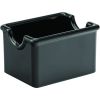
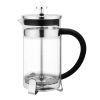
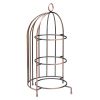
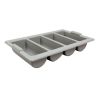

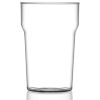

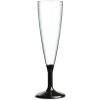


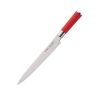


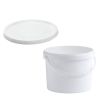
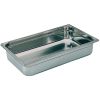
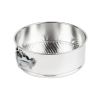
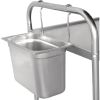
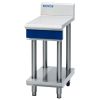
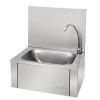
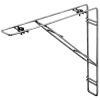
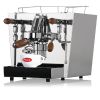
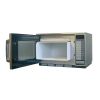
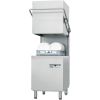
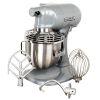
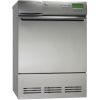

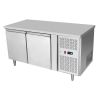
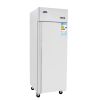
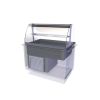
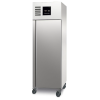

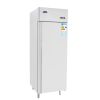


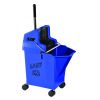

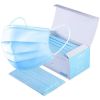



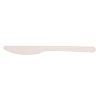

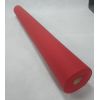


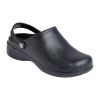
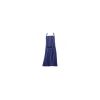
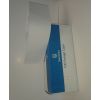

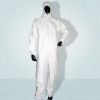
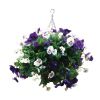
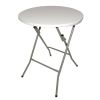
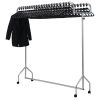
Leave a Comment